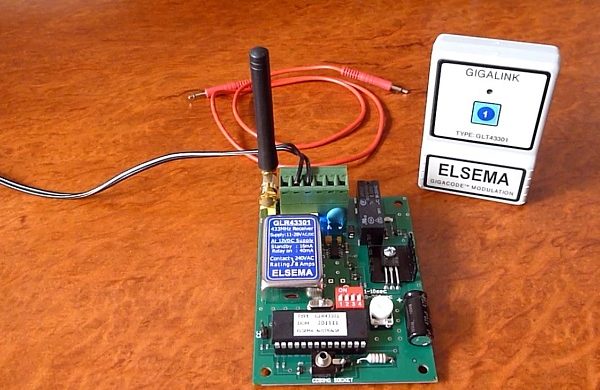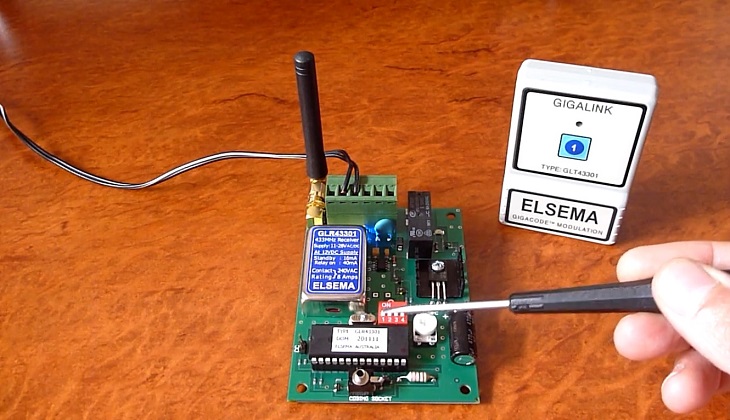27
Nov

Wireless technology has transformed how we connect, communicate, and control devices, both at home and in industry. Wireless transmitters, a key component of this evolution, enable data, audio, or video to be sent from one location to another without cables or wires. From industrial settings to consumer electronics, wireless transmitters simplify and enhance operations by reducing physical connections, allowing remote control, and enabling seamless data transmission.
This guide offers a straightforward look into wireless transmitters—what they are, how they work, their various types, and how they’re used. Whether you’re looking to improve efficiency in an industrial setting, simplify your home entertainment setup, or understand the tech behind these devices, this guide breaks down everything you need to know.

At its core, a wireless transmitter is a device that sends information without requiring a physical connection. It works by converting data, sound, or video into electromagnetic signals, which can then be received and decoded by a corresponding receiver. This technology allows for the seamless transfer of information across different environments, whether that’s a workshop floor, a living room, or an open outdoor area.
Wireless transmitters vary in function and complexity depending on the information they transmit and the environments they serve. For instance, some transmitters are designed to send simple signals to control machinery remotely, while others are used to transmit high-definition video across long distances.
Wireless transmitters work through electromagnetic signals, typically within the radio frequency (RF) spectrum. The transmitter converts data (such as audio, commands, or video) into radio waves that travel through the air. These signals are received by a compatible receiver, which decodes them back into their original format for use or playback.
Here’s a simplified breakdown of the process:
The range and strength of the transmission depend on the transmitter’s power, antenna quality, and frequency. In some cases, additional technologies, such as Bluetooth or Wi-Fi, may be integrated to extend functionality or connectivity.
Wireless transmitters have a broad range of applications across industries and everyday life. Here are some examples of how they’re commonly used:

When selecting a wireless transmitter, consider the following:
Wireless transmitters have become indispensable in today’s tech-driven world, providing flexibility, efficiency, and convenience across countless applications. Whether you’re setting up a smart home, improving industrial workflows, or simply looking to enhance your entertainment system, understanding the types and uses of wireless transmitters can help you make an informed choice.
With an awareness of the various types and how they function, you can select the ideal wireless transmitter for your needs, enjoying the freedom and innovation that wireless technology brings to every setting.